Home>Gardening & Outdoor>Landscaping Ideas>How To Grow Grass On Clay Dirt
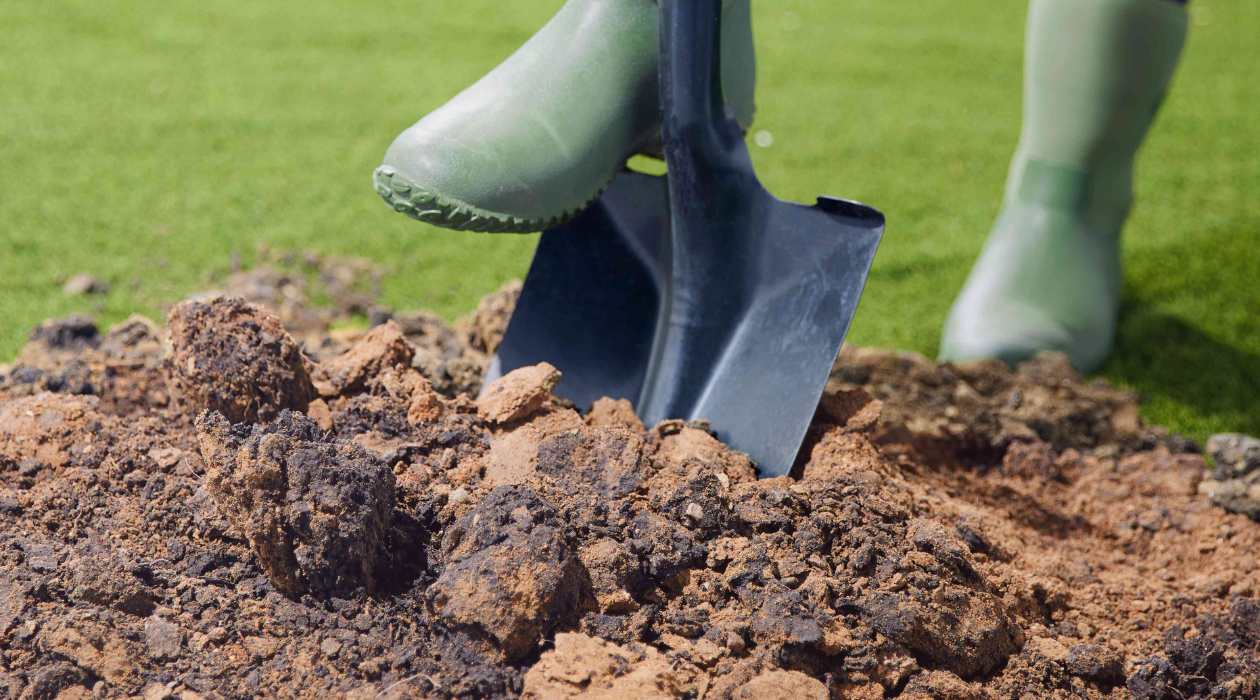

Landscaping Ideas
How To Grow Grass On Clay Dirt
Modified: March 26, 2024
Learn effective landscaping ideas for growing grass on clay dirt. Discover expert tips and techniques to improve your lawn's health and appearance.
(Many of the links in this article redirect to a specific reviewed product. Your purchase of these products through affiliate links helps to generate commission for Storables.com, at no extra cost. Learn more)
Introduction
So, you’ve got a yard with clay soil, and you want to transform it into a lush, green carpet of grass. While clay soil can present some challenges for growing grass, it’s definitely possible to achieve a beautiful lawn with the right approach. In this guide, we’ll walk through the process of growing grass on clay soil, from understanding the characteristics of clay soil to selecting the right grass seed and caring for your new lawn.
Transforming clay soil into a thriving lawn requires some patience, knowledge, and a bit of elbow grease, but the results are well worth the effort. By understanding the unique properties of clay soil and taking the necessary steps to prepare and care for your new grass, you can create a vibrant and healthy lawn that enhances the beauty of your outdoor space.
Whether you’re a seasoned gardener looking to tackle a new challenge or a beginner eager to learn the ins and outs of growing grass on challenging soil, this guide is packed with valuable tips and insights to help you achieve success. Let’s dive in and explore the fascinating world of transforming clay soil into a thriving grassy oasis.
Key Takeaways:
- Transforming clay soil into a lush lawn requires patience, knowledge, and the right grass seed. By understanding the soil, preparing it properly, and caring for the new grass, you can create a vibrant and healthy lawn.
- Selecting the right grass seed and providing attentive care are essential for growing grass on clay soil. By addressing common issues and nurturing the grass, you can overcome challenges and enjoy a thriving lawn.
Read more: How To Grow Grass In Clay Soil
Understanding Clay Soil
Clay soil is known for its unique characteristics that can pose both challenges and benefits for gardening and landscaping. Understanding the nature of clay soil is crucial for successfully growing grass in such conditions.
One of the defining features of clay soil is its fine texture, which is composed of tiny particles that hold water and nutrients tightly. While this can be advantageous in terms of retaining moisture, it also means that clay soil tends to become compacted, making it difficult for plant roots to penetrate and for water to drain effectively. Additionally, clay soil has a tendency to become sticky and hard when dry, and can be slow to warm up in the spring.
When it comes to growing grass, the unique properties of clay soil must be taken into consideration. For instance, the dense nature of clay soil can inhibit the germination and growth of grass seeds, making it essential to properly prepare the soil before planting. Understanding the specific challenges posed by clay soil will guide the steps you need to take to create an optimal environment for successful grass growth.
Despite its challenges, clay soil also offers some benefits. Its ability to retain moisture can be advantageous during dry periods, and with the right approach, it can provide a stable foundation for healthy grass growth. By understanding the intricacies of clay soil and working with its unique properties, you can create a thriving lawn that flourishes in spite of the soil’s challenges.
Now that we’ve delved into the characteristics of clay soil, let’s move on to the crucial steps for preparing the soil for grass.
Preparing the Soil for Grass
Before you can sow the seeds for a vibrant lawn, it’s essential to prepare the clay soil to create an optimal environment for grass growth. The following steps will help you address the challenges posed by clay soil and set the stage for a successful lawn transformation.
- Test the Soil: Start by testing the pH level of the soil. Most grass species thrive in slightly acidic soil, so if the pH level is too high, you may need to amend the soil with organic matter or sulfur to lower the pH.
- Loosen the Soil: Clay soil tends to become compacted, making it difficult for grass roots to penetrate and for water to drain. Use a rototiller or garden fork to loosen the soil to a depth of at least 6 inches. This will improve aeration and drainage, creating a more hospitable environment for grass roots.
- Amend the Soil: Incorporate organic matter, such as compost, into the soil to improve its texture and fertility. Organic matter helps clay soil become more crumbly and friable, making it easier for grass roots to establish themselves.
- Level the Surface: After loosening and amending the soil, take the time to level the surface to ensure a uniform lawn. Rake the soil to create a smooth, even surface, removing any rocks, debris, or clumps of soil along the way.
- Consider Drainage: If your clay soil has a tendency to retain water, you may need to address drainage issues to prevent waterlogging. Installing drainage channels or using raised beds can help improve water movement and prevent excess moisture from inhibiting grass growth.
By taking these preparatory measures, you can significantly improve the growing conditions for grass in clay soil. The next step is to select the right grass seed that is well-suited to the unique characteristics of clay soil.
Choosing the Right Grass Seed
When it comes to growing grass on clay soil, selecting the appropriate grass seed is crucial for achieving a thriving lawn. Certain grass species are better equipped to handle the challenges posed by clay soil, making it essential to choose a seed variety that is well-suited to these conditions.
One of the key factors to consider when selecting grass seed for clay soil is its tolerance to compacted and heavy soil. Look for grass species that have robust root systems capable of penetrating and thriving in dense clay soil. Tall fescue and Kentucky bluegrass are two popular options known for their ability to adapt to clay soil and establish strong root systems.
Additionally, consider the moisture retention properties of the grass species. Since clay soil tends to retain moisture, choosing grass varieties that can tolerate wetter conditions is advantageous. Fine fescue and perennial ryegrass are examples of grasses that can thrive in soils with higher moisture content, making them suitable choices for clay soil environments.
It’s also important to assess the sun exposure in your lawn area when selecting grass seed. Some grass species are better suited to full sun, while others can thrive in partially shaded areas. By choosing a grass seed variety that matches the sunlight conditions of your lawn, you can ensure optimal growth and lush coverage.
Consider consulting with local experts or garden centers to identify grass seed varieties that are well-suited to the specific characteristics of clay soil in your region. They can provide valuable insights and recommendations based on the local climate, soil conditions, and grass performance.
By carefully selecting the right grass seed for your clay soil, you can set the stage for successful grass establishment and long-term growth. With the soil prepared and the grass seed chosen, it’s time to move on to the next critical step: planting and seeding your new lawn.
Add organic matter such as compost or topsoil to clay dirt to improve its texture and drainage. This will create a better environment for grass seeds to germinate and grow.
Planting and Seeding
With the soil prepared and the appropriate grass seed selected, it’s time to embark on the exciting process of planting and seeding your new lawn. Following the right techniques and timing is essential to ensure the successful establishment of grass in clay soil.
Spring and early fall are generally the best times to plant grass seed in clay soil. These seasons provide favorable temperatures and moisture levels that promote seed germination and root development. Before planting, it’s crucial to wait until the soil is no longer waterlogged and has reached the right moisture content to support seed growth.
When planting grass seed, follow these steps to maximize the chances of successful germination and establishment:
- Evenly Distribute the Seed: Use a seed spreader or broadcast the seed by hand to ensure even coverage across the soil surface. Pay attention to the recommended seeding rate for the specific grass species you have selected.
- Press the Seed Into the Soil: After spreading the seed, gently press it into the soil using a lawn roller or by walking over the area. This helps ensure good seed-to-soil contact, which is essential for germination.
- Apply a Starter Fertilizer: Consider applying a starter fertilizer to provide essential nutrients that support early root development and establishment. Be sure to follow the manufacturer’s instructions for application rates.
- Keep the Soil Moist: Water the seeded area gently and consistently to keep the soil moist but not waterlogged. Avoid allowing the soil to dry out, as consistent moisture is crucial for seed germination and initial growth.
- Protect the Seeded Area: Consider using straw mulch or erosion control blankets to protect the seeded area from erosion and to retain moisture during the germination period.
By following these steps and providing the right care, you can encourage the successful germination and establishment of grass in your clay soil. Once the seeds have sprouted and the new grass is growing, it’s time to shift your focus to caring for the young lawn and nurturing its growth.
Read more: How To Get Grass To Grow In Clay
Caring for New Grass
After planting and seeding your new lawn, providing the right care is essential for nurturing the growth of the young grass and ensuring its long-term health and vitality. Proper maintenance practices and attentive care can make a significant difference in the establishment and development of grass in clay soil.
Here are essential steps to care for new grass in clay soil:
- Watering: Consistent and deep watering is crucial for the establishment of new grass. During the initial weeks after seeding, keep the soil consistently moist to support germination and early growth. As the grass establishes itself, gradually transition to a deeper but less frequent watering schedule to encourage strong root development.
- Mowing: Once the new grass reaches a height of 3-4 inches, it’s time for the first mowing. Set the mower at a higher setting to avoid cutting the grass too short, which can stress the young plants. Regular mowing at the appropriate height promotes healthy growth and discourages weed competition.
- Fertilizing: After the new grass has been mowed a few times, consider applying a balanced fertilizer to provide essential nutrients for continued growth. Follow the recommended application rates and timing based on the specific grass species and local recommendations.
- Weed Control: Keep an eye out for weeds that may compete with the new grass for nutrients and space. Hand pulling or spot-treating weeds can help maintain a clean and healthy lawn without harming the newly established grass.
- Aeration: Over time, clay soil may become compacted, hindering the movement of air, water, and nutrients to the grass roots. Consider aerating the lawn to alleviate soil compaction and promote better root growth and overall lawn health.
By providing attentive care and following these maintenance practices, you can support the healthy establishment and ongoing growth of grass in clay soil. While challenges may arise, patience and consistent care will contribute to the development of a lush and resilient lawn that enhances the beauty of your outdoor space.
Despite your best efforts, you may encounter common issues when growing grass on clay soil. Let’s explore some troubleshooting tips to address these challenges and ensure the success of your lawn transformation.
Troubleshooting Common Issues
When growing grass on clay soil, several common issues may arise that can impact the health and appearance of your lawn. By recognizing and addressing these challenges proactively, you can maintain the vitality of your grass and overcome potential obstacles.
Here are some common issues associated with growing grass on clay soil and strategies to troubleshoot them:
- Poor Drainage: If your clay soil retains excess water, leading to waterlogged areas in the lawn, consider implementing drainage solutions such as installing French drains or creating swales to redirect water away from the lawn.
- Soil Compaction: Over time, clay soil can become compacted, hindering root growth and water infiltration. Aerating the lawn using a core aerator can alleviate soil compaction and improve the overall health of the grass.
- Surface Cracking: During dry periods, clay soil may develop surface cracks, which can affect the appearance of the lawn. Keep the soil consistently moist to minimize cracking, and consider topdressing with compost to improve soil structure and reduce cracking.
- Poor Nutrient Availability: Clay soil may have limited nutrient availability for grass, requiring supplemental fertilization. Conduct a soil test to assess nutrient levels and apply fertilizers as needed to provide essential nutrients for healthy grass growth.
- Weed Infestation: Weeds can pose a challenge in clay soil, competing with the grass for resources. Regularly inspect the lawn for weeds and employ targeted control methods such as hand weeding or spot treatments to prevent weed proliferation.
By addressing these common issues and implementing targeted solutions, you can mitigate potential challenges associated with growing grass on clay soil and maintain a vibrant and resilient lawn. With the right care and troubleshooting strategies, you can overcome obstacles and enjoy the beauty of a healthy and thriving grassy oasis.
As you navigate the process of creating a lush lawn on clay soil, it’s important to approach the journey with patience, perseverance, and a willingness to adapt your approach based on the specific needs of your lawn. By combining knowledge, care, and a touch of creativity, you can transform your clay soil into a flourishing green space that enhances the beauty of your outdoor environment.
Conclusion
Transforming clay soil into a vibrant and healthy lawn is a rewarding endeavor that requires a blend of knowledge, dedication, and a deep understanding of the unique characteristics of clay soil. By embracing the challenges and opportunities presented by clay soil, you can create a lush and resilient lawn that enhances the beauty of your outdoor space.
Throughout this guide, we’ve explored the intricacies of growing grass on clay soil, from understanding the properties of clay soil to preparing the soil, selecting the right grass seed, and caring for the new grass. Each step in the process plays a crucial role in the successful transformation of clay soil into a thriving lawn.
By testing and preparing the soil, selecting grass seed varieties suited to clay soil conditions, and following best practices for planting, seeding, and caring for the new grass, you can overcome the challenges posed by clay soil and nurture the growth of a healthy and beautiful lawn.
While troubleshooting common issues such as poor drainage, soil compaction, and weed infestation may arise, addressing these challenges with targeted solutions and proactive care can contribute to the long-term success of your lawn transformation.
As you embark on the journey of growing grass on clay soil, remember that patience, attention to detail, and a willingness to adapt your approach based on the evolving needs of your lawn are key ingredients for success. By infusing your efforts with passion and a touch of creativity, you can witness the gradual transformation of clay soil into a thriving green oasis that brings joy and natural beauty to your outdoor environment.
With the knowledge and insights gained from this guide, you are well-equipped to embark on the rewarding adventure of growing grass on clay soil and nurturing the growth of a vibrant and resilient lawn. Embrace the process, celebrate the milestones, and revel in the transformation of your outdoor space into a lush and inviting haven.
Frequently Asked Questions about How To Grow Grass On Clay Dirt
Was this page helpful?
At Storables.com, we guarantee accurate and reliable information. Our content, validated by Expert Board Contributors, is crafted following stringent Editorial Policies. We're committed to providing you with well-researched, expert-backed insights for all your informational needs.
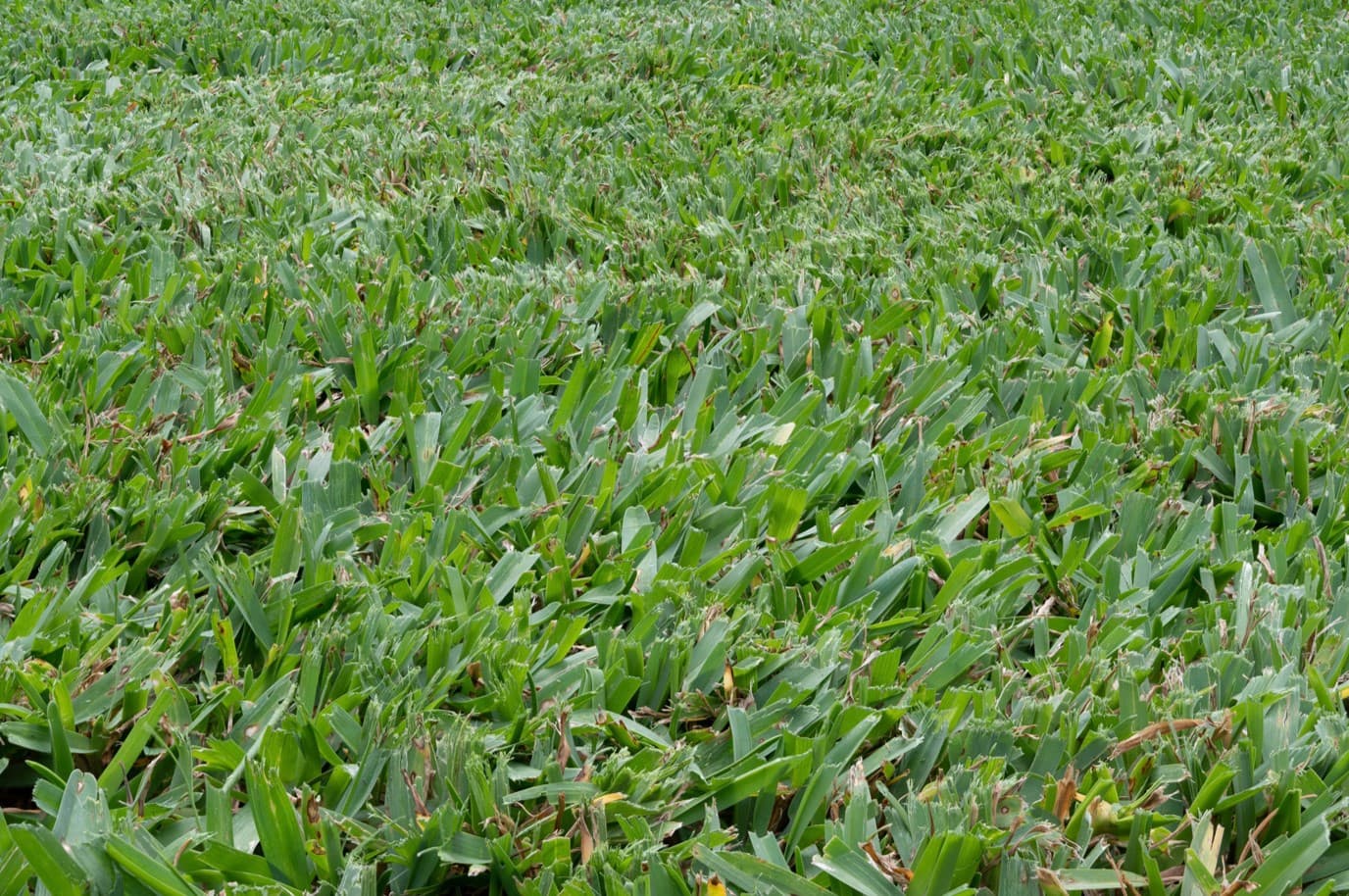
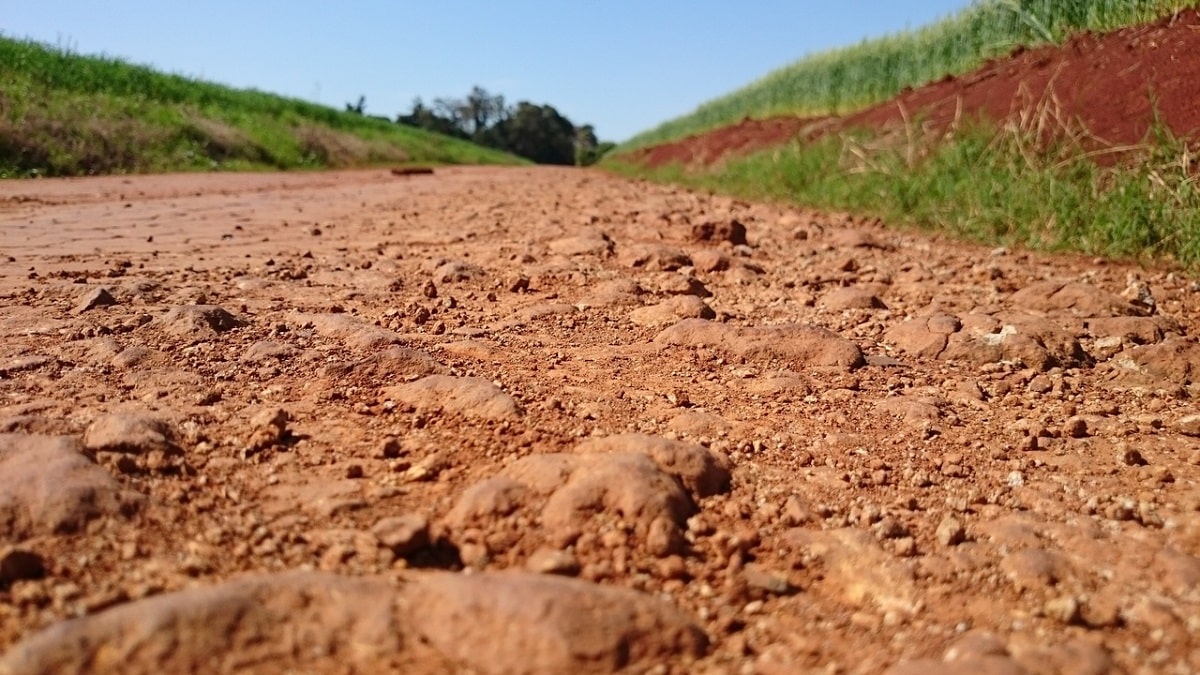
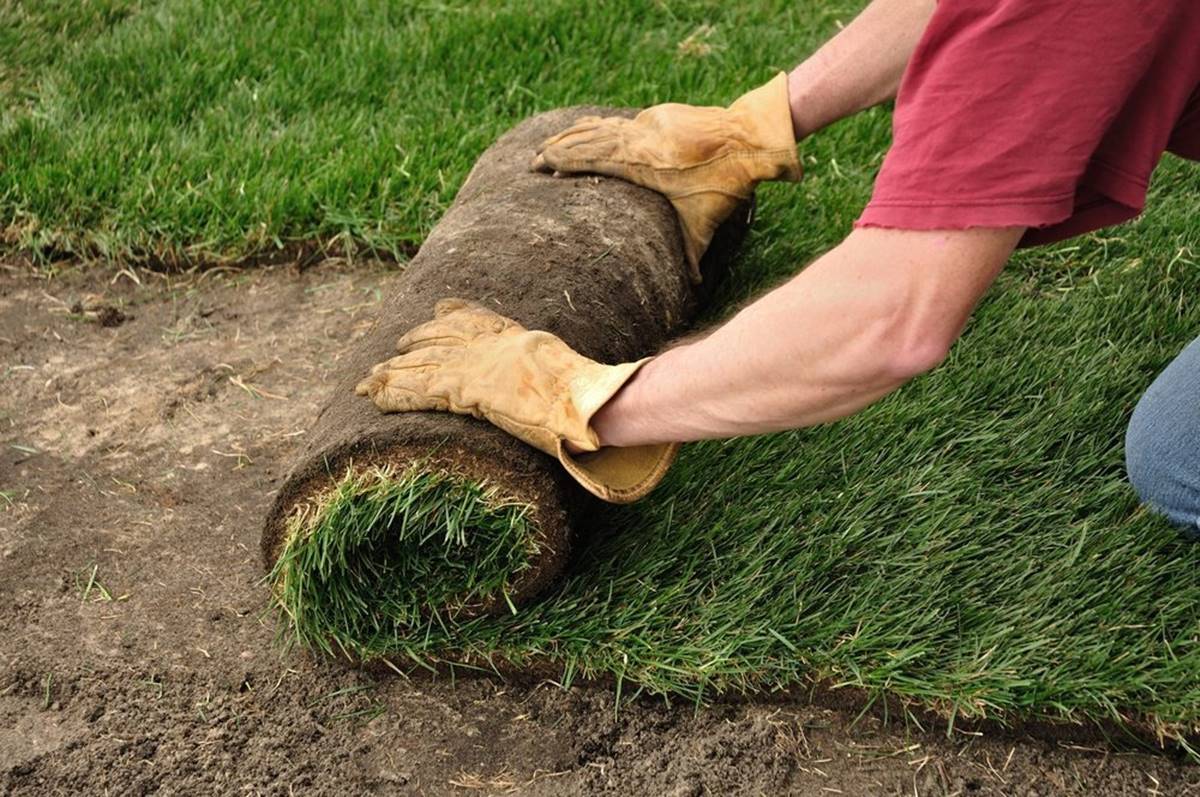
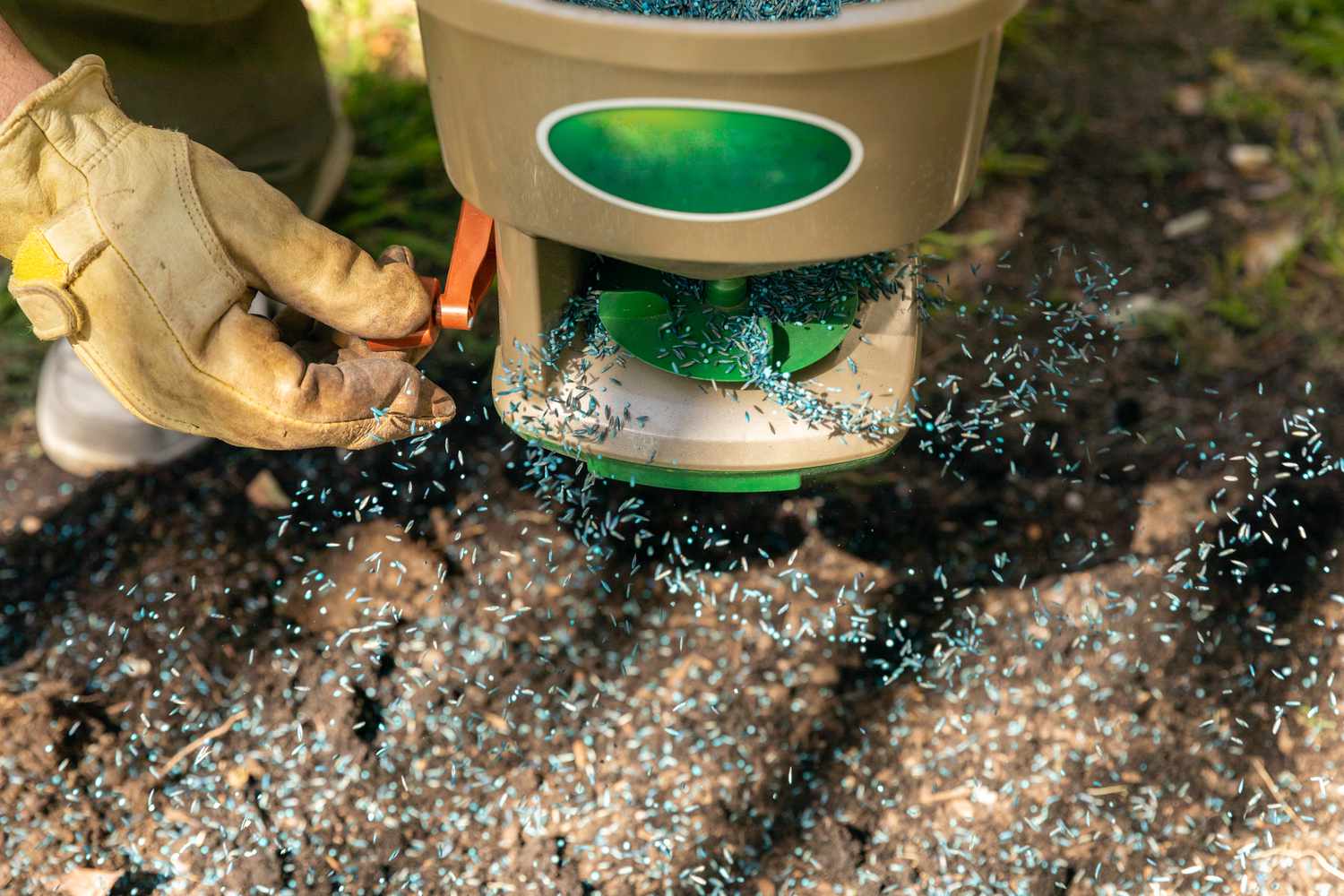
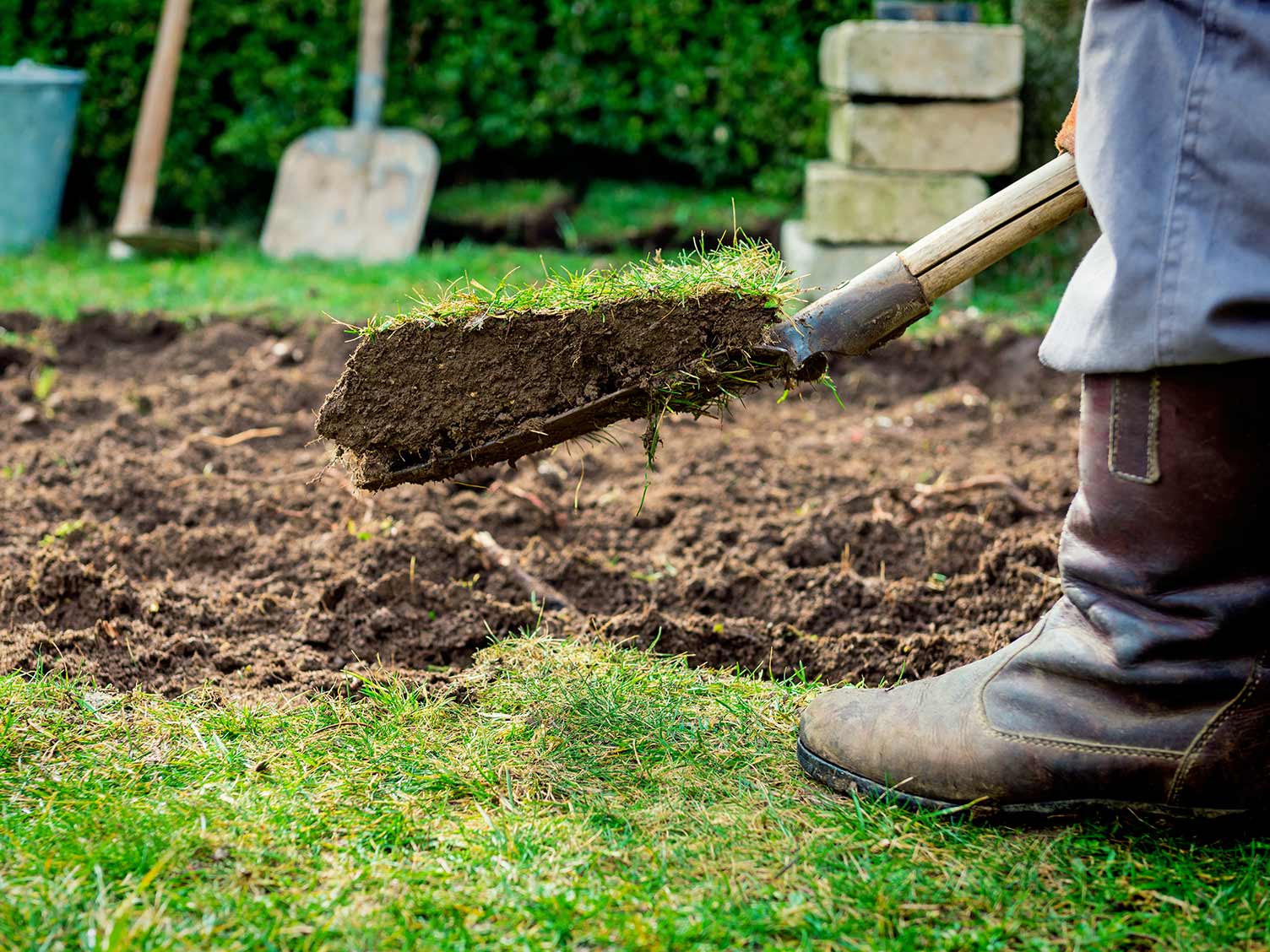
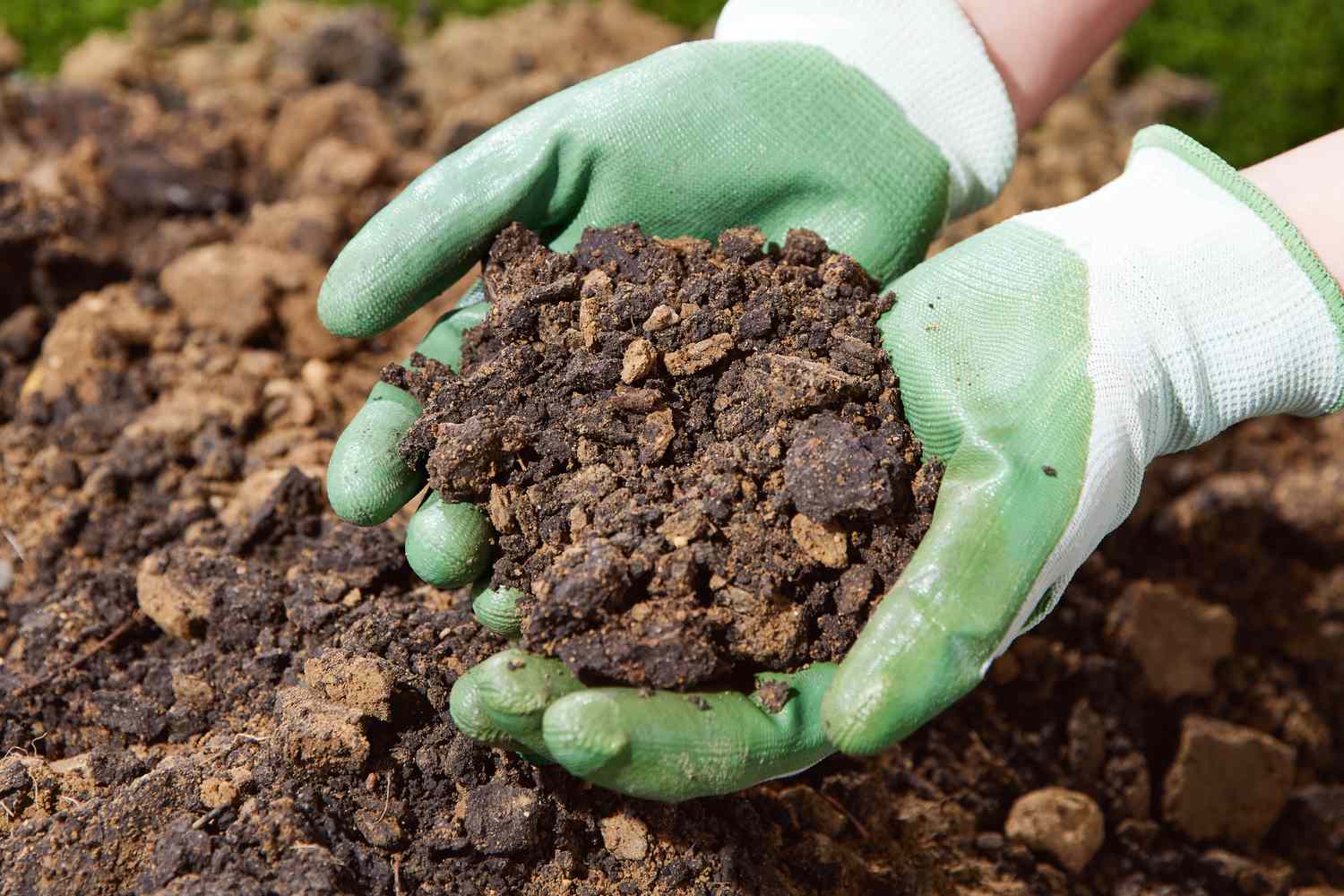
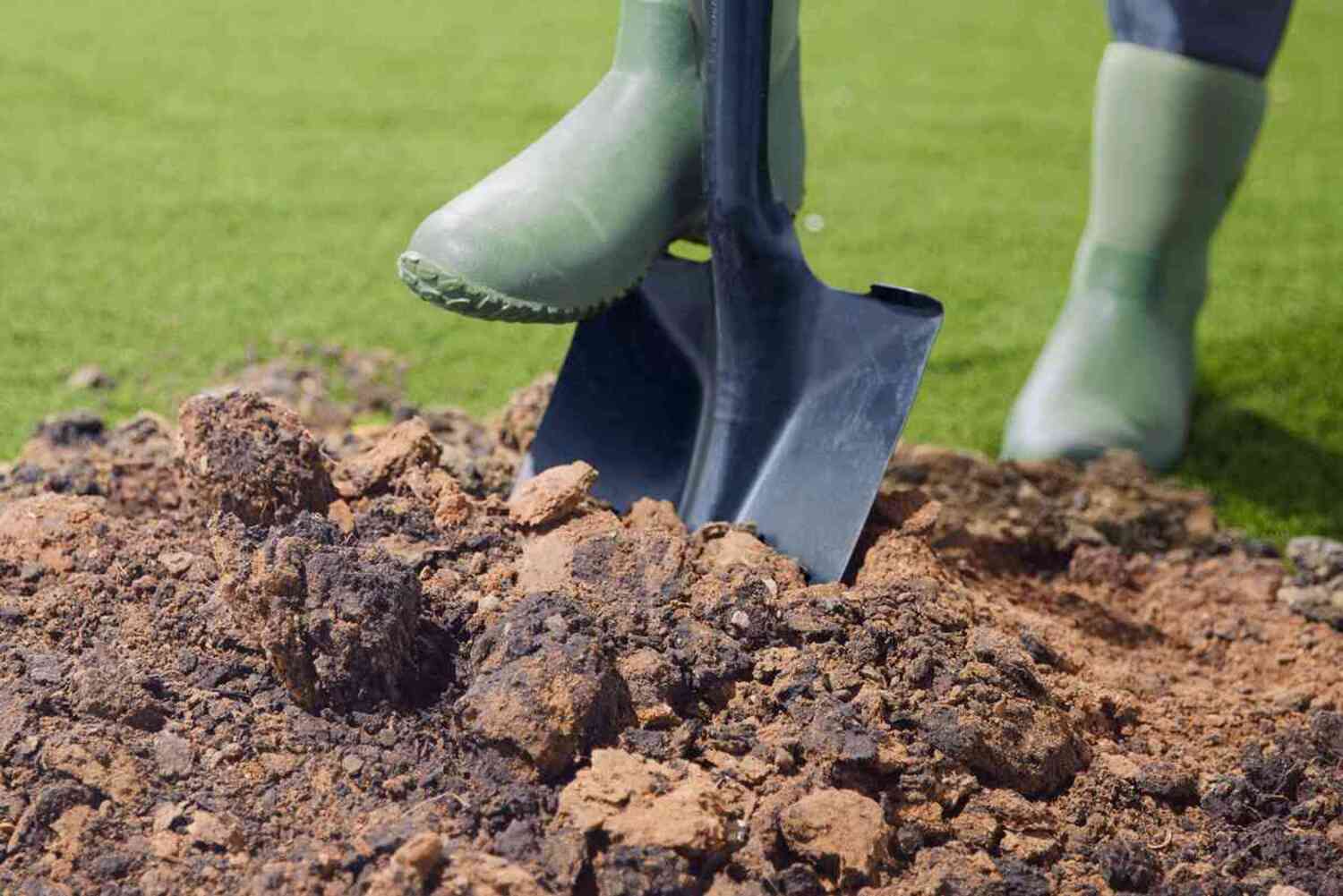
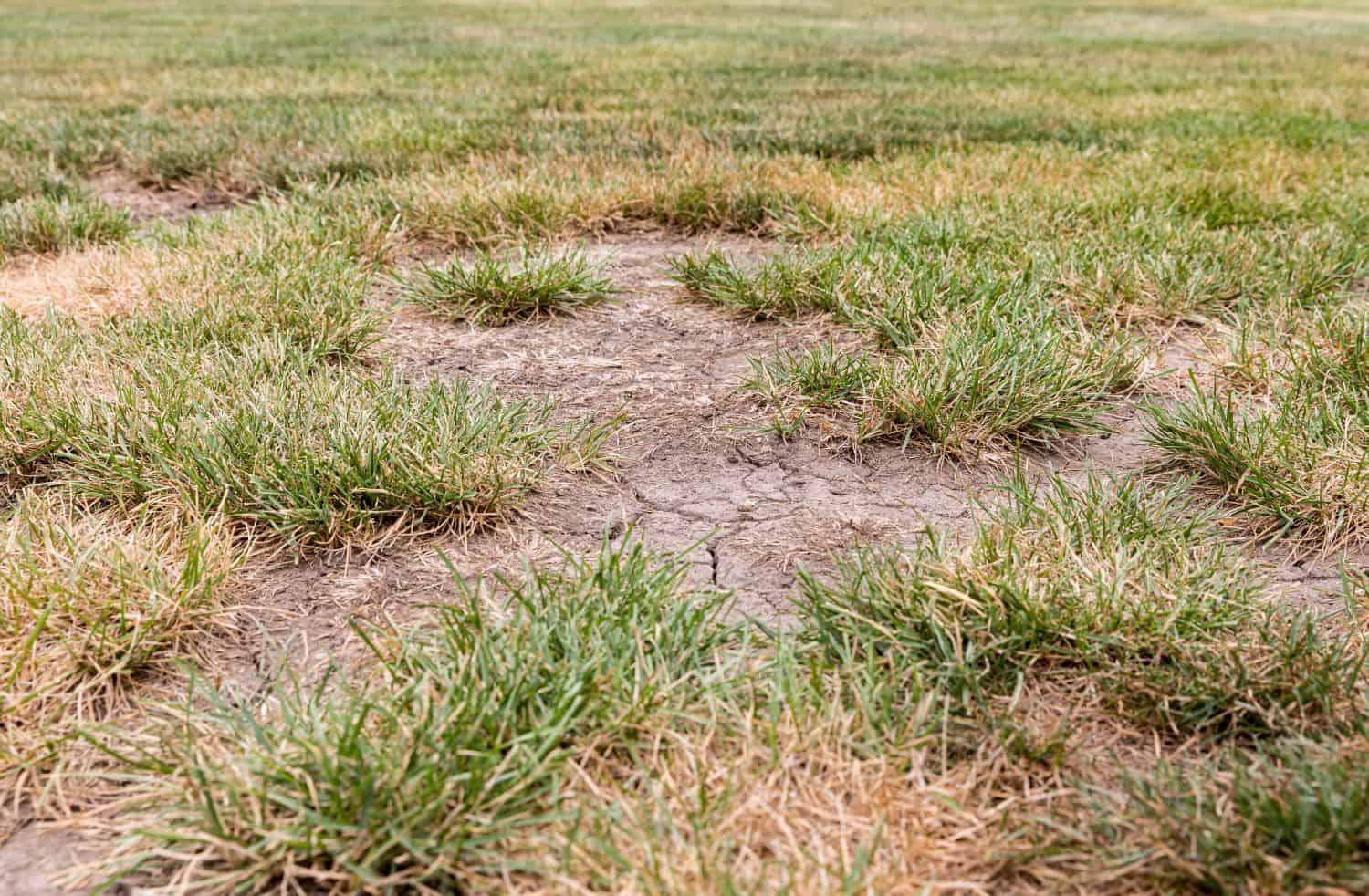
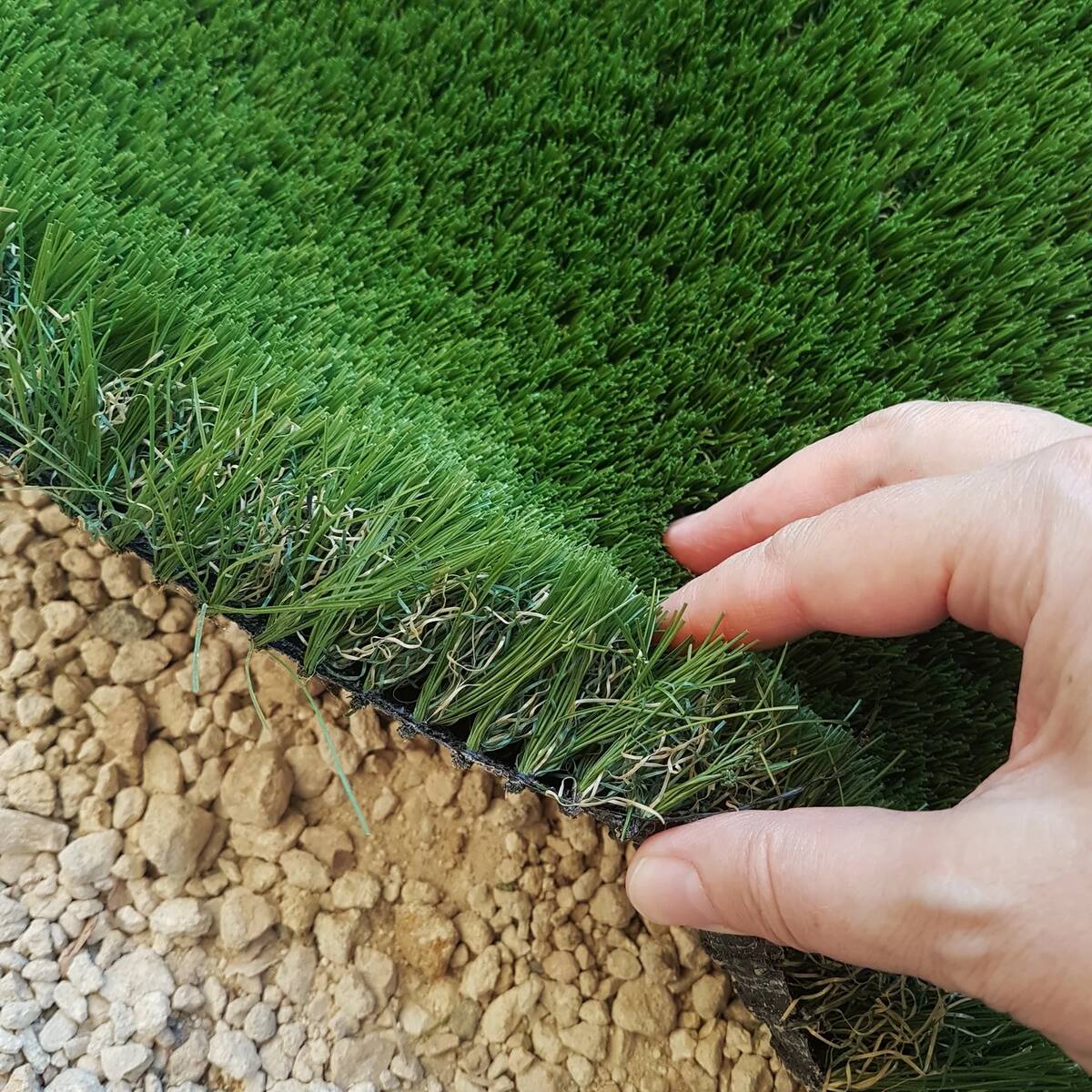
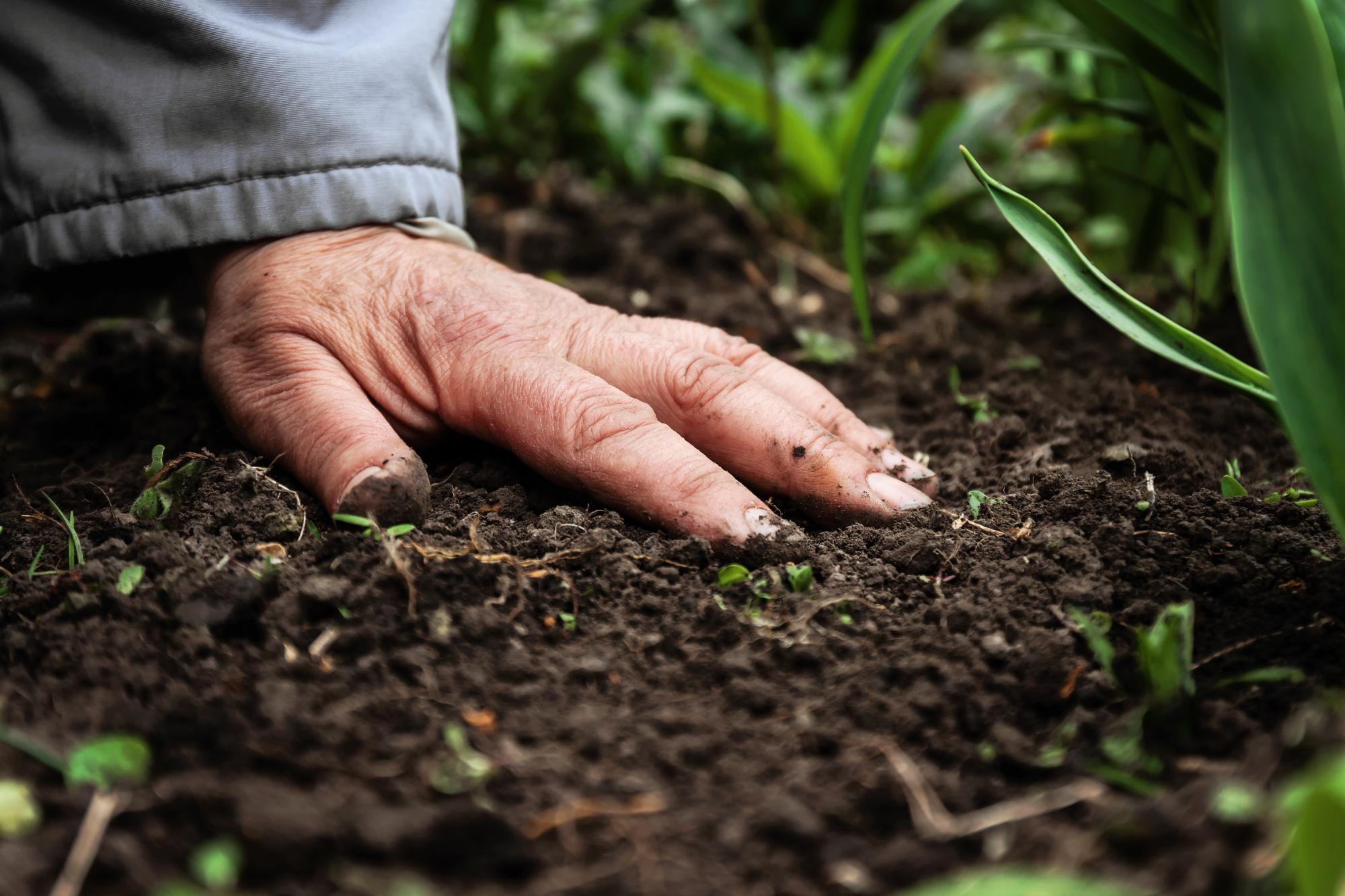
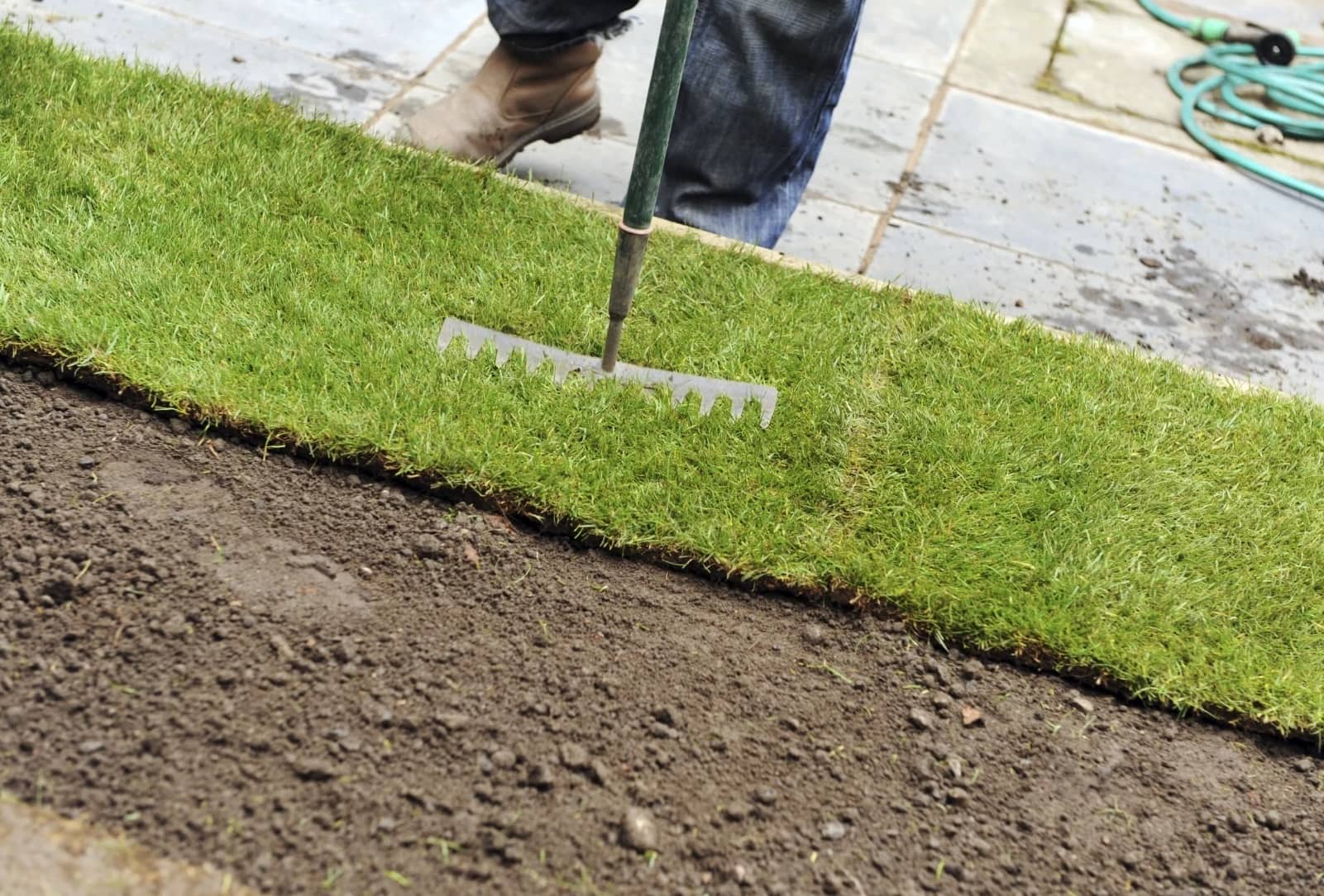
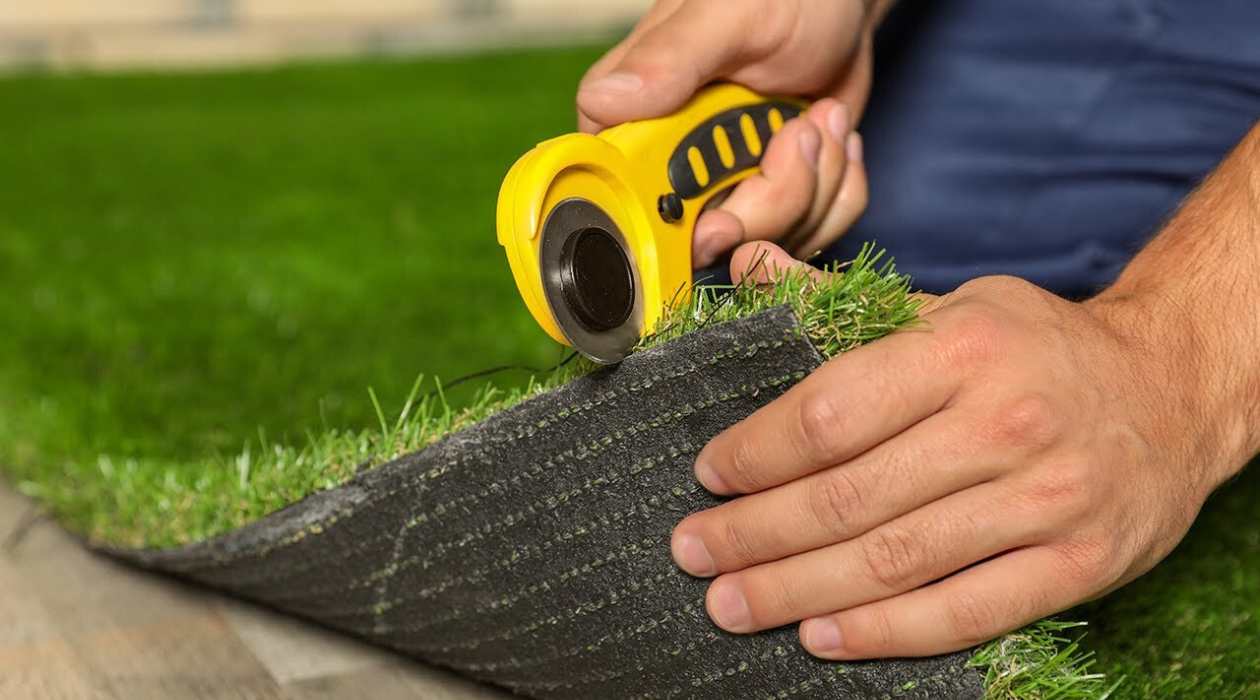
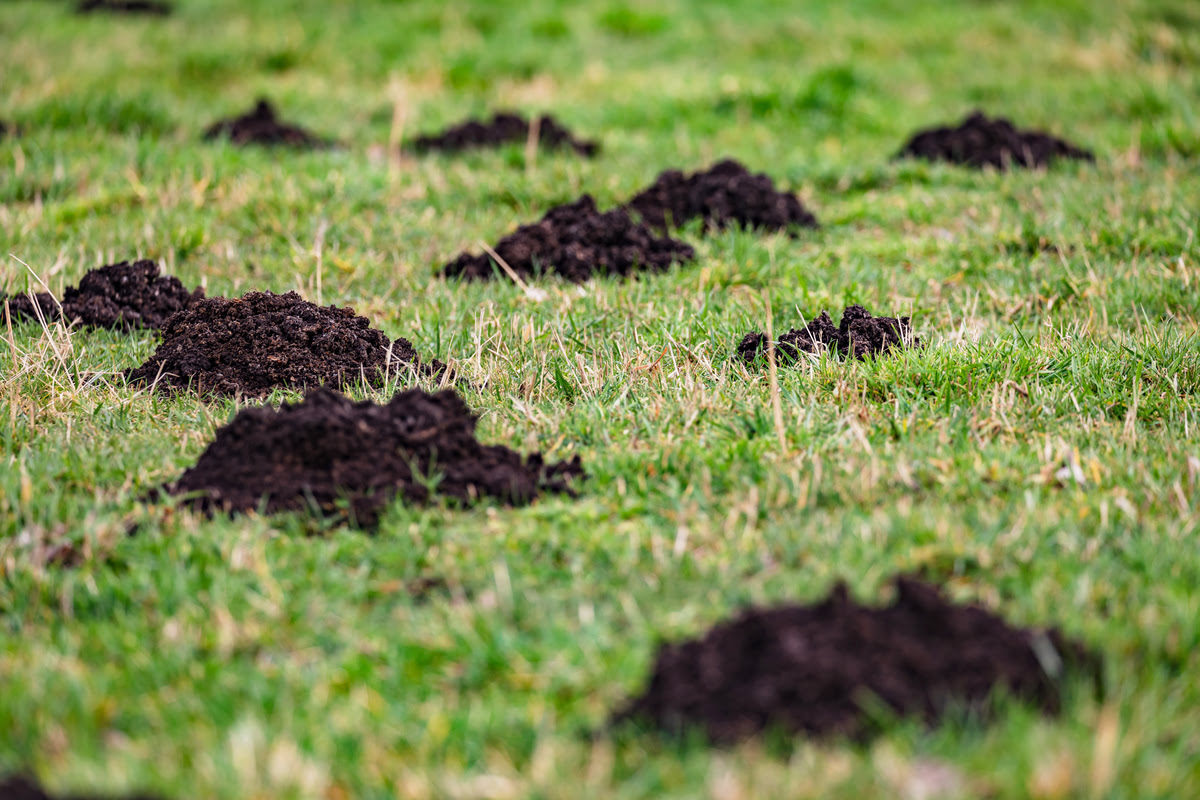
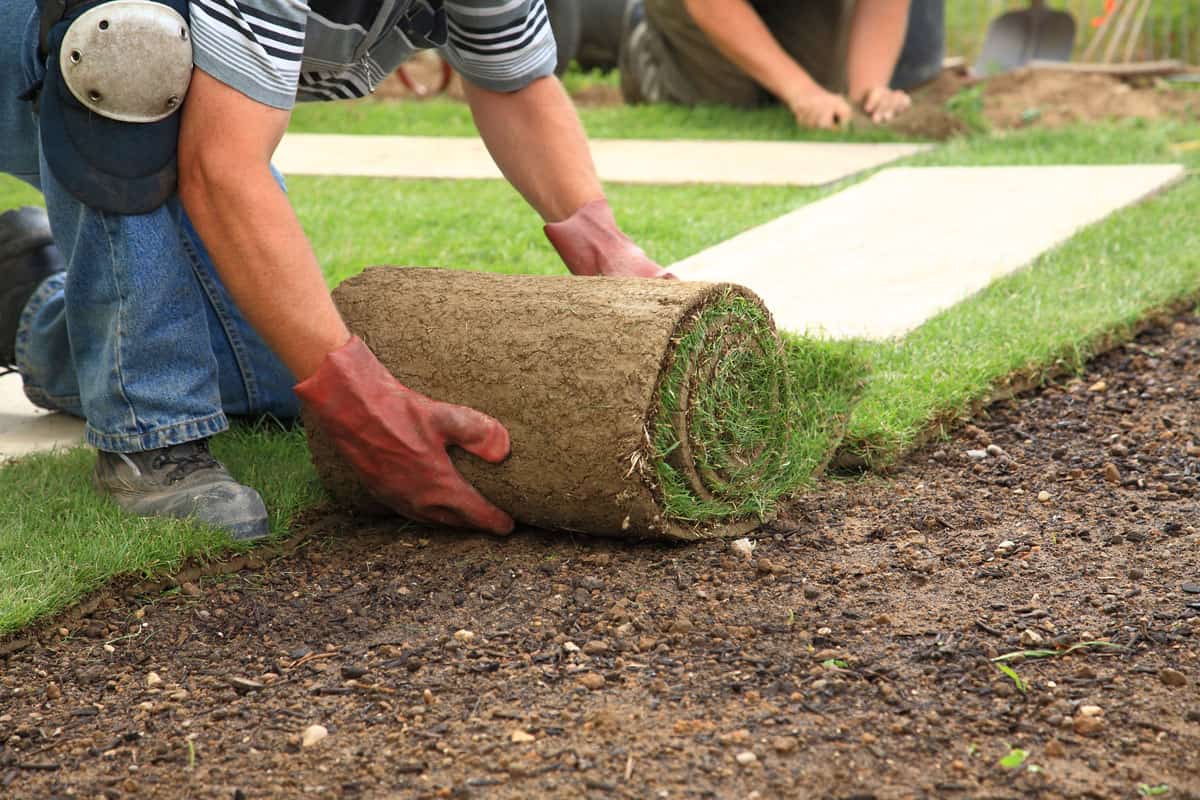

0 thoughts on “How To Grow Grass On Clay Dirt”